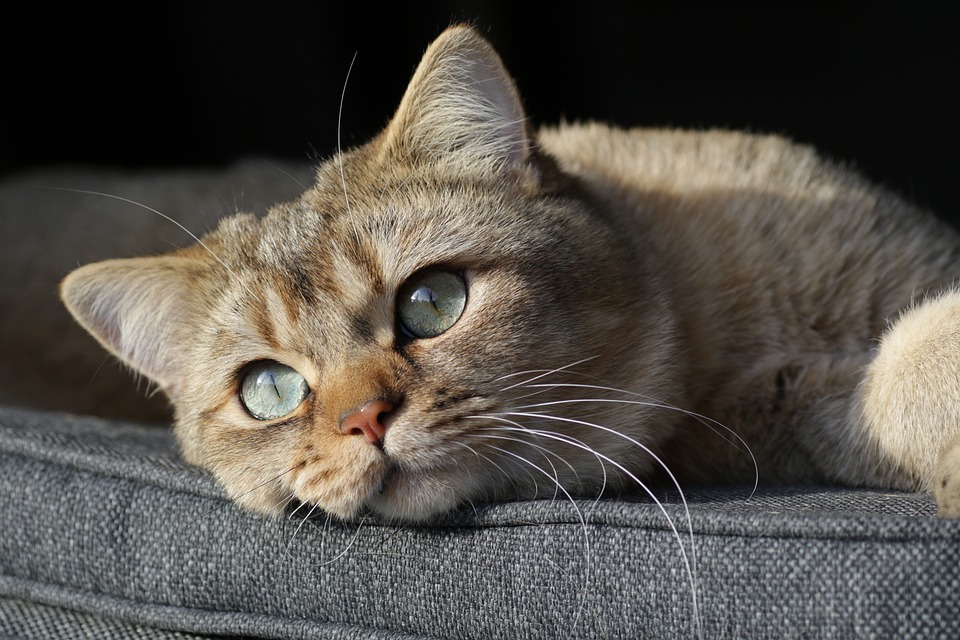Cats are known for their quirky behaviors, and one of the most common ones is kneading. While it may seem cute and endearing, excessive kneading on humans can become a bit overwhelming or even painful at times. In this article, we will delve into the reasons behind this behavior and provide practical tips on how to deal with it. Additionally, we’ll answer some frequently asked questions about cats and their kneading habits.
Kneading is a natural instinct for cats that starts from their early days as kittens. It involves the rhythmic pushing and pulling of their paws against a soft surface, often accompanied by purring. This behavior is reminiscent of the kneading motion kittens make while nursing to stimulate milk flow from their mother’s teats.
While kneading on humans can be a sign of affection, it may sometimes become excessive or intense, causing discomfort. There are a few reasons why cats exhibit this behavior. Firstly, kneading on soft surfaces, including humans, can provide cats with a sense of comfort and security. It may signify that they feel safe and content in their environment.
Secondly, cats have scent glands in their paws, and kneading helps them mark their territory by leaving their scent behind. It’s their way of claiming you as their own. Lastly, cats often knead to grab their owner’s attention. If they notice that kneading results in positive responses, such as petting or treats, they may continue doing it to gain attention.
If your cat’s kneading becomes excessive or bothersome, here are some practical tips to manage the behavior. Firstly, provide alternatives. Offer your cat a soft blanket, pillow, or plush toy to knead instead of your body. Encourage them to redirect their kneading behavior to these items by placing them in their favorite spots.
Using positive reinforcement is also crucial. Reward your cat when they knead appropriate objects instead of your body. Praise and treat them when they engage with their designated kneading surface or toy. Additionally, regular nail trims can help minimize any discomfort caused by kneading. Consult your veterinarian or a professional groomer for safe and effective nail trimming techniques.
Lastly, if your cat starts kneading on you, gently redirect their attention to interactive play or provide them with a puzzle toy to keep them engaged and mentally stimulated.
Here are some frequently asked questions about cats and kneading. Firstly, it is normal for cats to drool while kneading, especially when they are in a state of bliss or extreme relaxation. It’s completely normal and harmless. However, excessive kneading can sometimes be painful, particularly if your cat has sharp claws. Trimming their nails and redirecting their behavior to appropriate surfaces can help prevent any discomfort or injury.
If your cat’s kneading behavior suddenly changes or becomes aggressive, it may indicate an underlying issue or pain. It’s advisable to consult a veterinarian to rule out any medical conditions. While it’s challenging to completely stop a cat from kneading, you can redirect their behavior to appropriate surfaces and minimize any discomfort it may cause.
Understanding why cats knead and how to manage excessive kneading on humans is essential for maintaining a harmonious relationship with your feline companion. By providing appropriate alternatives, positive reinforcement, and engaging your cat in stimulating activities, you can ensure both you and your pet are happy and comfortable. Remember, patience and understanding are key when dealing with any cat behavior.








